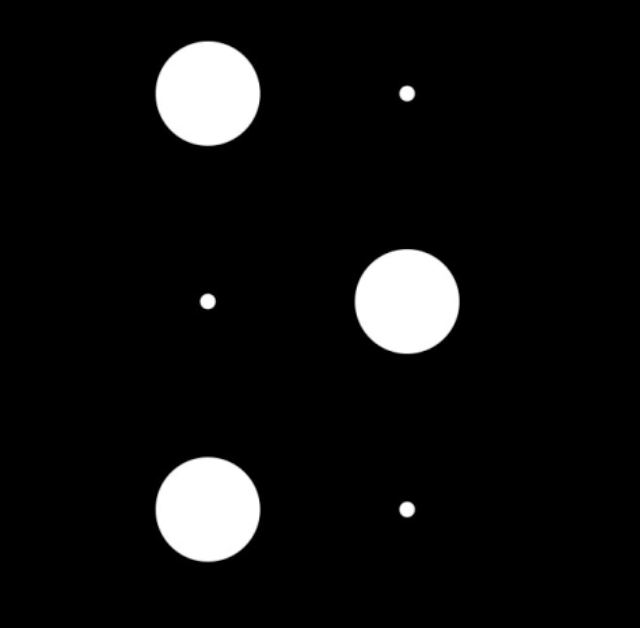“We cannot solve our problems with the same thinking we used when creating them” - Albert Einstein
Young designers today have an unprecedented opportunity to early adopt digital technology in their creative workflow that might put them ahead of their out-of-date competitors, as major fashion businesses still operate on decades-old legacy processes to bring products to market. The supply chains are heavily flawed, with archaic technology and systems that do not support the economic and environmental needs of today.
Using digital tools is an efficient and less impactful solution to garment sampling that O. Studio Design is integrating into its workflow with our help.
In the early stage of the business, like so many other businesses, O. designed and developed its products on paper in a 2D flat format. However, this method proved to have disadvantages. It was restrictive to explore all the design ideas and sharing the sketches with others required scanning. Tech-packs would have 2D flat drawings that would not always translate in the correct shape, proportion, or details. This led to a longer development period and multiple samples.
We are now helping O. create a 15-piece system of clothing using the digital design process where core products are re-imagined based on millions of clothing references that already exist. Then the design team would create an initial digital 3D prototype and tech-pack that would give the manufacturer better insight into the product they are making. This process leaves less room for error and sets the correct expectations for the end product. An end-to-end digital approach also allows design ideas to be shared, viewed and edited easily across all the teams.



The sampling process is the most expensive part of fashion businesses today. Producing multiple iterations of prototypes required for approval at different stages creates a significant waste of resources. By incorporating 3D, O. Studio Design can visualize designs better before physically creating them. The process also helps to identify the early changes that may be preferred in colors, patterns, or fit. Implementing 3D design strategies can speed up the product development process significantly. Lead times can be dramatically shortened, new designs can be reflected more accurately, and accuracy to forecast can be improved.
Like NOFORM, O. Studio Design is also inspired by futurism and believes technology can solve challenges in the fashion industry. Together, both companies are driven by a sense of responsibility to create sustainable practices in fashion. This partnership was an opportunity for O. to deepen the understanding of an area many fashion start-ups do not have.
O. Studio Design seeks to create a circular business model where products are designed and developed with the next user in mind. This plan encompasses everything from early 3D visualization to using digital communication throughout the supply chain; from yarn spinners to manufacturers. As reported by the United Nations, fashion contributes $2.4 trillion to global manufacturing and is responsible for 8-10% of the world’s greenhouse gas emissions. By making conscious choices to reduce impact through digital technology, O. hopes to create a more meaningful relationship with its customers. By using the digital tools, O. is planning the launch of a SS21 collection in half the time as compared to the previous developments.
Because of COVID-19 restrictions, many businesses had to re-strategize how the products and contents were created and presented. With the suspension of business-as-usual, O. turned on digital design resources. This allowed the brand to immerse itself fully in the world of technology. As a result, this partnership was formed and we could create a campaign entirely digitally.

Digitally integrated design development in the product life-cycle is becoming indispensable. With consumer behaviors shifting to a circular model of fashion consumption, young fashion businesses want to be responsive to this growing awareness in their consumers. It is only a matter of time until partnering with technology to resolve most of the challenges in the fashion industry becomes mandatory. Change is inevitable. Because of the pandemic, our industry has shown a sudden shift toward adopting technology in the product life-cycle. What NOFORM is trying to achieve is a representation of this shift.
Following programs were used for this project: Adobe, Blender, CLO3D, Daz Studio, and Shima Seiki Apex
